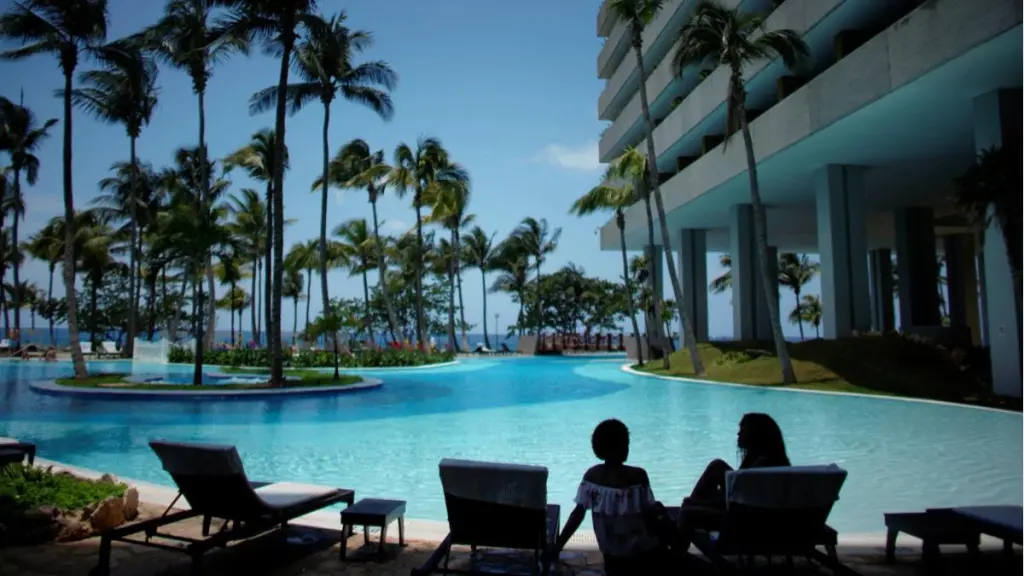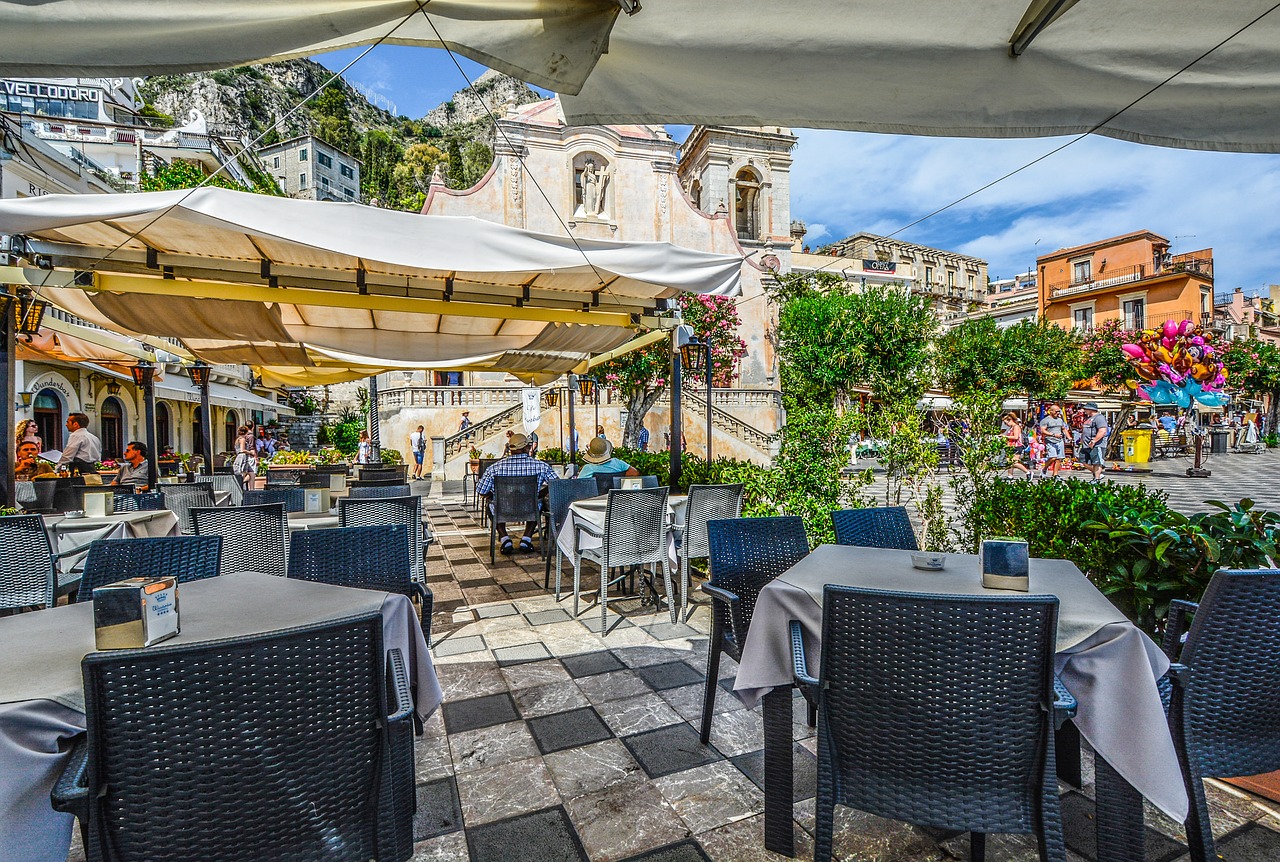India’s hotel sector, already flourishing post-COVID, is now strategically expanding into lesser-explored regions of the country, tapping into a growing demand for both business and leisure accommodations. With unprecedented demand driving the industry’s growth, hotels are increasingly focusing on emerging cities and scenic destinations.
Expansion into Smaller and Lesser-Known Cities
Post-pandemic, hotel chains in India are shifting their focus from urban hubs to Tier II and III cities, targeting less saturated markets. For instance, IHG Hotels & Resorts recently signed a Holiday Inn Express property in Hapur, Uttar Pradesh, set to open in 2027. This city, previously devoid of branded hotel chains, is seen as an emerging hotspot due to its strategic location along National Highway 9, connecting key business hubs.
Similarly, Sarovar Hotels is keenly eyeing India’s growing highway network. According to Ajay Bakaya, the chairman of Sarovar Hotels, properties along highways are seeing rapid growth, especially those located within three to four-hour driving distance from major cities. This shift reflects the competitive landscape of urban centers, driving hotel chains to diversify their portfolios.
Hotspots for Hotel Investment
The Indian hospitality sector is seeing heavy investments in cities such as Amritsar, Udaipur, Pune, Jammu, and Ayodhya. New destinations for hotel chains include Siliguri, Gangtok, Barnala, and Chail, along with popular leisure locations like Daman and Diu and Lakshadweep. Lemon Tree Hotels recently signed a property in Siliguri, while Hilton made its debut with a DoubleTree by Hilton in the same city. Siliguri, located at the confluence of four international borders, is becoming a critical business and tourism hub, linking India, Nepal, Bhutan, and Bangladesh.
Expanding into Industrial Hubs and Leisure Destinations
The boom in industrial hubs in rural India has caught the attention of major hospitality chains. For example, Indian Hotels Company (IHCL) has signed a Gateway Hotel in Barnala, Punjab, an industrial center located near Ludhiana. The company also signed a Gateway Resort in Kandla, Gujarat, an important port city. These locations are seen as integral to IHCL’s strategy to enhance its presence in Tier II and III cities.
Leisure destinations are also emerging as a strong segment. IHCL is expanding in scenic spots like Chail in Himachal Pradesh, Diu, and Lakshadweep, areas previously overlooked by large hotel chains.
Tier 3 Cities: The Next Big Thing
The push towards Tier 3 cities is gaining momentum as hotel chains tap into religious tourism and emerging markets. Accor, for example, signed a Novotel hotel in Guruvayur, a major pilgrimage destination in Kerala. The company’s strategy reflects the immense growth potential in India’s smaller cities. Garth Simmons, Accor’s Chief Operating Officer for Asia, emphasized India’s significance as a long-term growth market for the hospitality industry.
Smaller Properties with Event Facilities
Although these hotels are entering untapped markets, they tend to have fewer rooms. However, they are equipped with spacious event facilities to cater to local demand for weddings, conferences, and social gatherings. For instance:
- IHG’s Garner Hotel in Etawah, Uttar Pradesh, will feature 40 keys and a spacious ballroom for events.
- The Garner Hotel in Kathua, Jammu and Kashmir, will have 45 keys and versatile event spaces.
- The DoubleTree by Hilton in Siliguri will offer 120 rooms along with 17,000 square feet of event space.
- Gateway Kandla, with 93 rooms, will have over 19,000 square feet for banqueting and corporate events.
- Gateway Barnala will offer 100 rooms and a 7,000-square-foot banquet hall.
According to Jaideep Dang, Managing Director of JLL’s Hotels & Hospitality Group, these regions are experiencing a surge in demand for event spaces due to increasing local consumer patterns and business activity. Smaller hotels with larger event spaces are becoming a key strategy for catering to the growing demand for banqueting and meetings.
Conclusion
As India’s hospitality industry broadens its scope into smaller, underexplored cities, the focus is shifting towards leveraging emerging markets with strategic locations, event spaces, and small-scale luxury. With demand for business and leisure travel continuing to grow in both urban and rural regions, India’s hotel industry is well-positioned for further expansion in the coming years.













